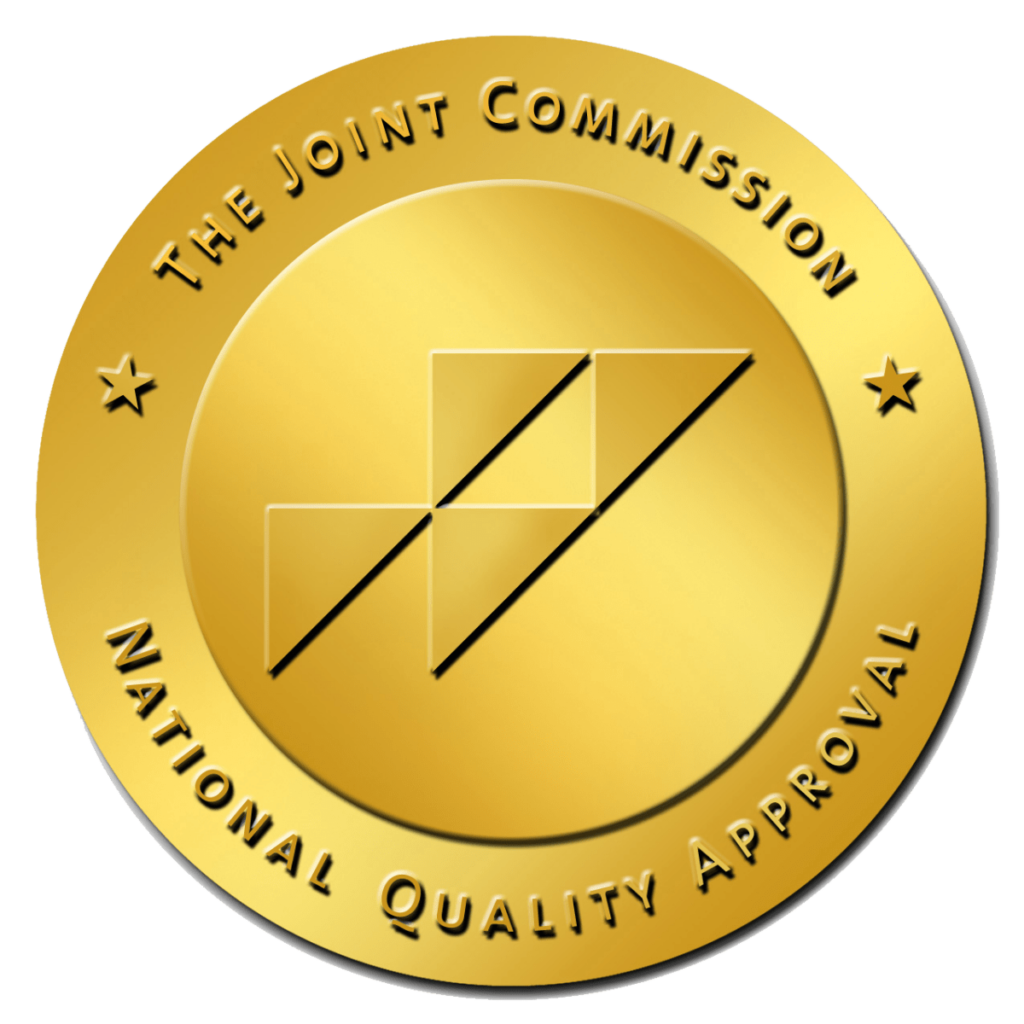Although anyone can face mental health struggles, some mental health conditions are more common among women than they are in men. Others are exclusive to women or people assigned to females at birth. How some diagnoses impact the individual may also vary between genders. At Highland Hospital in Charleston, West Virginia, we recognize these differences and focus on providing care that is both gender-informed and individualized to each person.
Conditions More Common in Women
Several mental health diagnoses more commonly occur in women and people assigned female at birth. These include:
- Depression – twice as common in female-assigned people. Variations may be partially related to hormone fluctuations related to menstruation, pregnancy, childbirth, and menopause, as well as a higher incidence of abuse toward women and those assigned to females.
- Anxiety – women are twice as likely as men to develop an anxiety disorder.
- Body Dysmorphic Disorder (BDD)
- Eating disorders – female-assigned people make up around 85 percent of people with anorexia or bulimia and 65 percent of people with binge eating disorder.
- Post traumatic stress disorder (PTSD) – around twice as common in people assigned female.
Conditions Exclusive to People Assigned Female
A few mental health conditions are unique to women and people assigned female at birth, such as:
- Perinatal depression (during or after pregnancy)
- Premenstrual dysphoric disorder
- Perimenopause-related depression
Conditions That Look Different in Female-Assigned People
Some conditions are diagnosed at similar rates across genders but can present differently depending on the gender the person was assigned at birth:
- Bipolar Disorder – hormonal changes due to menstruation, pregnancy, or menopause can impact the severity of symptoms.
- Attention Deficit Hyperactivity Disorder (ADHD) – female-assigned people are more likely to experience the inattentive type of ADHD, formerly called ADD, which is often overlooked by parents, teachers, and even mental health providers.
- PTSD – not only are women and female-assigned people more likely to develop PTSD, but their symptoms are also likely to vary from those of men and male-assigned people. Female-assigned people are more likely to experience symptoms like hypervigilance, depression, and numbing of emotions, while their male-assigned counterparts are more likely to experience anger and turn to substances.
- Suicide attempts – while not its own diagnosis, suicide attempts are far more common among women and people assigned female at birth, but attempts by male and male-assigned people are more likely to result in death.
- Schizophrenia – this illness most commonly appears in male-assigned people in their late teens to early twenties, but in female-assigned people in their late twenties or early thirties.
Adding Insult to Injury
People who are assigned female not only experience mental illness differently than men, but certain societal conditions also impact them disproportionately, which can make it more difficult to recover from mental health conditions:
- Income disparities – women still only earn around 75 percent as much as their male counterparts for the same amount of work, and the number of women living in poverty consistently outpaces men living in poverty. Low income makes it harder to afford insurance, therapy, medications, and other support.
- Experiencing violence – around a third of women have experienced sexual or physical violence or stalking by a partner, but they often will not disclose this unless asked directly.
- Caregiving – women are more likely to shoulder the stressful and isolating responsibility of caring for children and elderly relatives. They may find themselves neglecting their own needs to focus on those of the people in their care. Many women provide this level of care to others while also working full-time.
- Stigma – perinatal depression, in particular, can be difficult for sufferers to admit, as they fear that they will be perceived as a bad parent or not loving their child. There may also be concerns that their child will be removed from their care if they reach out for help.
What Can Be Done?
There are several ways that mental health can be made easier for women and female-assigned people to manage:
- Recognizing how different mental health diagnoses may differently impact people assigned to one gender versus the other.
- Making it easier to access insurance, therapy, medications, and community resources.
- Expanding resources that give caregivers a break, and addressing the tendency for the full mental load for household management tasks to fall on women.
- Practicing trauma-informed care and specifically asking about violence the person may have experienced in the past.
- Understanding how the intersectionality of race and gender can make it even more difficult for people of color who were also assigned female at birth to get help for mental health concerns.
- Calling out unattainable standards society puts on women for weight, appearance, fertility, parenting, and household management.
- Gender-specific support, such as NAMI’s Women’s Support Group, which meets weekly via Zoom.
At Highland Hospital, we customize our treatment to meet the needs of each patient, with attention to how assigned gender and gender identity may be impacting the individual we are serving.










